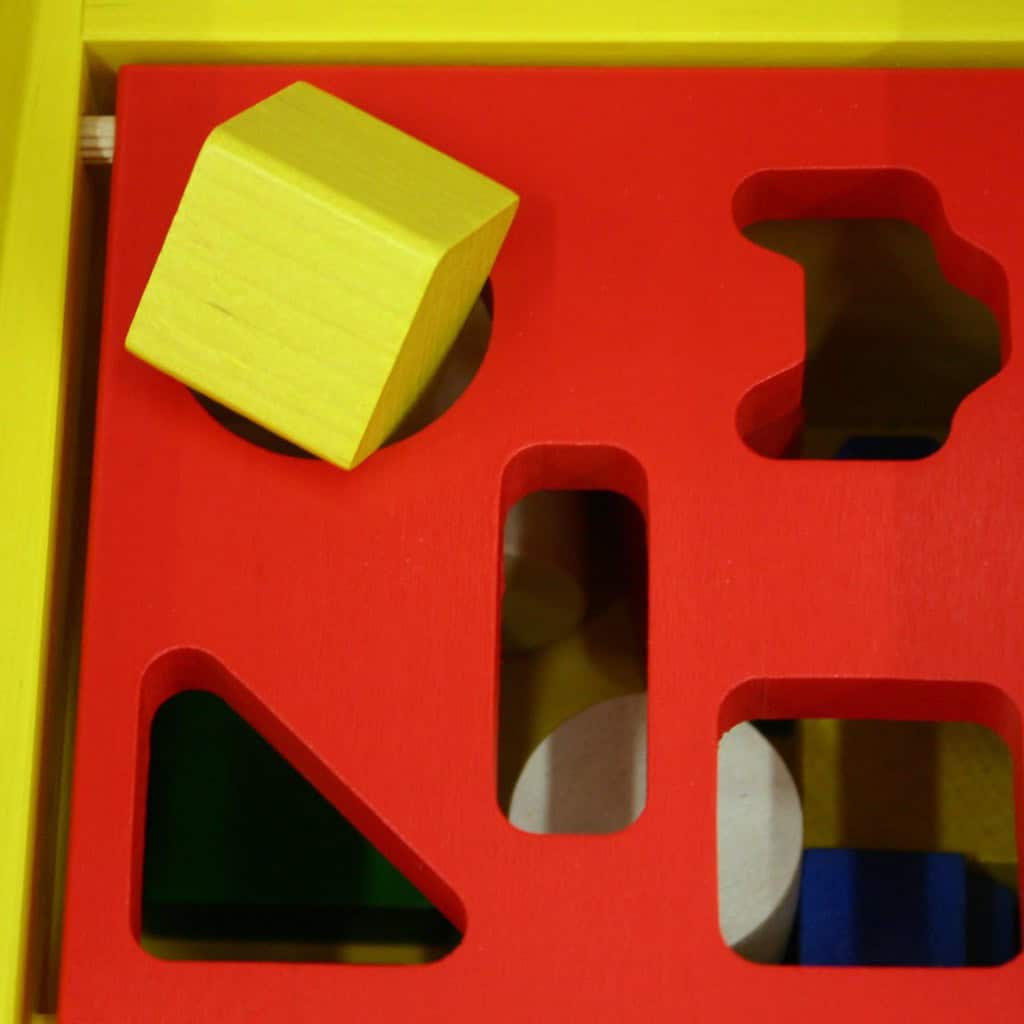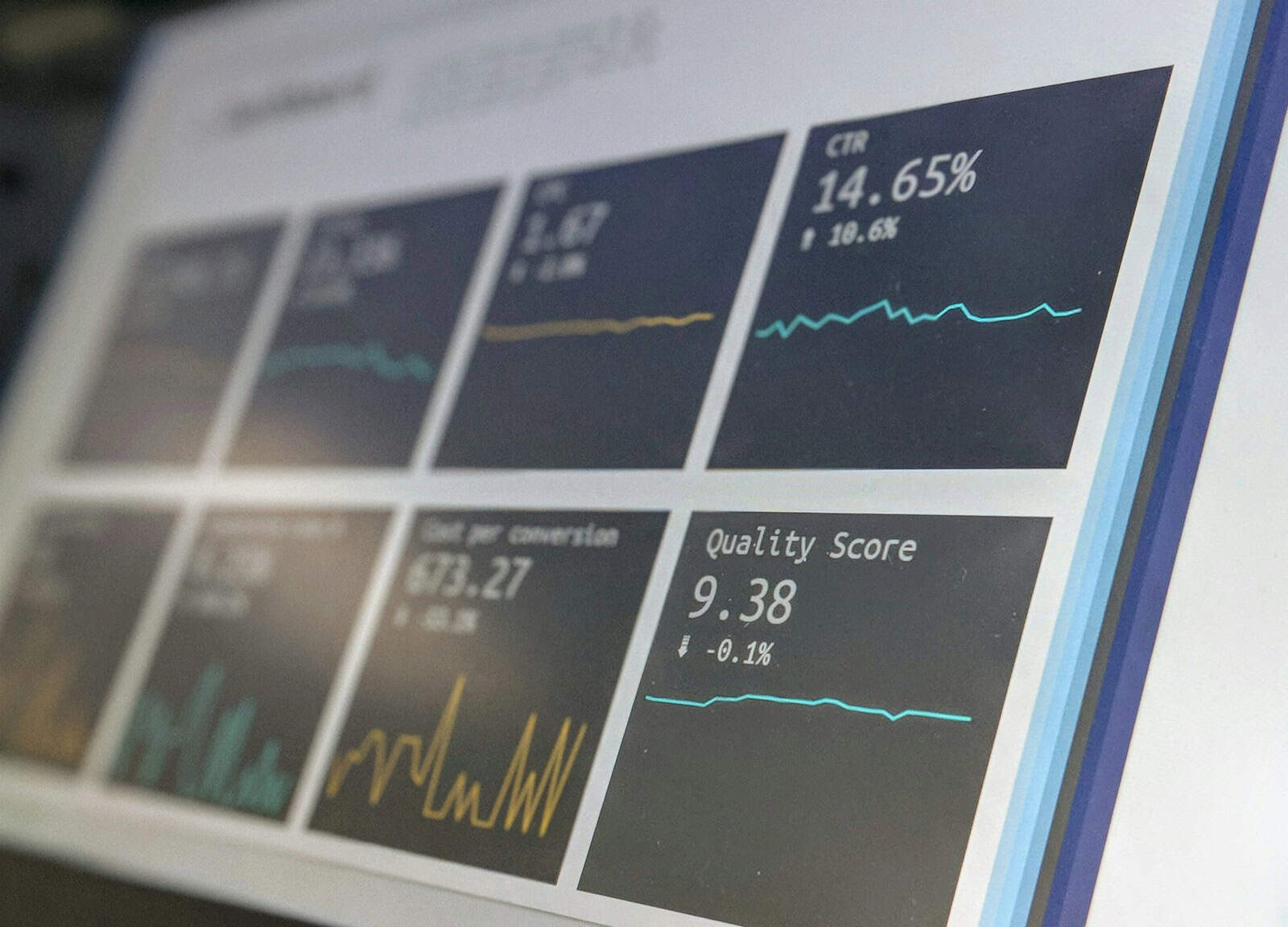I’m often asked about divergent vs convergent thinking, they are two of the most important cognitive processes for problem solving and innovation. I’ve seen the impact of these thinking processes on optimizing equipment performance as an engineer specializing in condition monitoring.
So, you’ll discover the main differences between these thinking processes and how to use them effectively. Knowing when to use each will take your continuous improvement efforts to the next level.
Understanding Divergent Thinking
Divergent thinking is a cognitive process that produces many solutions to a single problem. I’ve studied divergent thinking for years and its application in engineering and problem solving. Divergent thinking enables you to consider many possibilities and generate original ideas.
The key characteristics of divergent thinking are:
- Fluency: The ability to generate a lot of ideas quickly
- Flexibility: The ability to generate ideas from multiple categories
- Originality: The ability to generate unique or unusual ideas
- Elaboration: The ability to add details to an existing idea
Engineers use divergent thinking all the time to generate potential solutions to a mechanical problem. For example, if an industrial robot isn’t working properly, an engineer might simultaneously consider whether it’s an electrical problem, mechanical problem, a software bug, or if there’s something wrong with the environment.
Divergent thinking involves cognitive processes such as:
- Remote associations: Making connections between two concepts that seem unrelated
- Cognitive flexibility: Switching between various frameworks
- Ideational fluency: Generating a lot of ideas
Divergent thinking isn’t just limited to engineering. Artists use it to consider various compositions. Scientists use it to generate hypotheses. Entrepreneurs use it to spot various business opportunities.
Exploring Convergent Thinking
Convergent thinking is the process of determining the single best solution to a problem. It’s a key cognitive strategy in engineering and many other disciplines. This thinking strategy requires analyzing existing information to arrive at a logical solution.
Key principles of convergent thinking include:
- Analysis: Breaking a more complex problem down into smaller, more solvable problems
- Logic: Using reason to evaluate ideas in a systematic way
- Accuracy: Making sure your solution is as accurate and correct as possible
- Fact: Making decisions based on provable facts and logic
I often use convergent thinking in my job designing condition monitoring systems to interpret sensor data and determine the most probable reason equipment is about to fail.
Convergent thinking engages cognitive functions, including:
- Critical thinking: Evaluating the quality of the information
- Logical reasoning: Making a decision based on the reasoning you have
- Recognizing patterns: Identifying what patterns exist in the data
This thinking strategy is critical in a field like mathematics, where there is always one correct answer to every problem. It’s also very important in engineering design when you need to select the single best solution from a list of potential solutions.
Comparing Divergent and Convergent Thinking
Divergent and convergent thinking are two different cognitive strategies with their own attributes. Here’s a comparison:
| Aspect | Divergent Thinking | Convergent Thinking |
|---|---|---|
| Goal | Generate multiple ideas | Find one best solution |
| Process | Open exploration | Closed analysis |
| Output | Multiple possible answers | One correct answer |
| Time frame | Usually quicker | Often requires more time |
| Risk tolerance | High (comfortable with ambiguity) | Low (seeks clarity) |
Divergent thinking is excellent for creativity and innovation, but it can be unfocused. Convergent thinking is great for analysis and decision-making, but it tends to miss creative solutions.
Use divergent thinking when you’re brainstorming new ideas or possibilities. Use convergent thinking when you need to make a decision or solve a structured problem.
These thinking styles also pair well together. For example, in my role as an engineer, I often use divergent thinking to produce ideas and then switch to convergent thinking to evaluate and refine the best solution.
Applications of Divergent Thinking
Divergent thinking is a key problem-solving strategy in many fields, and I frequently use it in my engineering career to analyze and solve recurring problems with industrial machinery.
When you notice a piece of machinery breaking down over and over again, you can use divergent thinking to:
- List all possible causes of the failure without filtering your thoughts
- Brainstorm any random things that could be contributing to the failure
- Research potential solutions from other engineering disciplines
Doing this often leads to creative solutions that you wouldn’t discover using standard troubleshooting methods.
Divergent thinking is at the heart of creativity and innovation. It’s the basic principle of a brainstorming session, which focuses on generating as many ideas as possible before evaluating them. This process forces you to think outside the box.
In education, divergent thinking encourages curiosity and exploration, and students learn to apply a problem from multiple perspectives, making them more adaptable to change in the tech world.
Applications of Convergent Thinking
Convergent thinking is the basis of effective problem solving in engineering and many other disciplines. I’ve used it throughout my career to analyze data and make decisions.
When you use convergent thinking to solve a problem, you:
- Gather all relevant data.
- Systematically analyze the data.
- Eliminate data that doesn’t fit any patterns.
- Focus on the most likely solution.
This is one of the best methods for solving problems in condition monitoring, where you analyze complex sensor data to predict equipment failures.
Most decision-making processes are also based on convergent thinking. It’s how you can evaluate options without bias and choose the most logical decision. This is critical in engineering projects, where making the wrong decision can be a disaster.
In scientific research, convergent thinking also guides the process. You form a hypothesis, test it, and then draw conclusions from the evidence. Using convergent thinking ensures that scientific research is reliable (something that you can repeatedly test and get the same results) and valid (conclusions drawn from evidence).
Balancing Divergent and Convergent Thinking
Cognitive flexibility is the ability to switch between divergent and convergent thinking as the situation requires. This balance is especially important in engineering, where you often need to be creative and think analytically. The trick is to apply both thinking styles:
- Start with divergent thinking to create ideas.
- Use convergent thinking to analyze and improve those ideas.
- Iterate back and forth between the two as needed.
I’ve used this strategy with great success on many industrial automation projects. We’d use divergent thinking to dream up crazy ideas, and then we’d analyze them all with convergent thinking.
Many of the most successful innovations are a result of striking this balance. For example, designing algorithms for predictive maintenance requires you to think creatively about new ways to look at data and then analytically apply and validate those ideas.
To avoid this thinking bias:
- Regularly question your assumptions.
- Get other people’s perspective.
- Intentionally practice both thinking styles.
Just remember there won’t be a one-size-fits-all answer. Instead, the key is to build your skill in using both thinking styles effectively.
Developing Divergent Thinking Skills
Improving your divergent thinking skills are helpful as divergent thinking directly impacts problem solving and creativity. Here are some of the strategies I’ve personally used with success to improve divergent thinking:
- Freewriting: Write for a specific amount of time without stopping
- Mind mapping: Create a visual representation connecting ideas and concepts
- “What if” play: Imagine different “what if” scenarios
- Word association: Participate in a word association with random words
To improve your divergent thinking skills, try listing 30 alternative uses of a common object, such as a paperclip. Don’t judge your ideas, just keep writing.
Overcoming mental blocks is critical to developing creativity. When you encounter a mental block:
- Step away and return with a fresh perspective
- Change your environment
- Speak with someone in a different field about the problem
- Measuring divergent thinking skills typically involves evaluating fluency, flexibility, and originality of responses to open-ended problems.
Developing Convergent Thinking Skills
Improving convergent thinking is crucial to effective analysis and decision making. Here are the strategies I’ve personally used to improve these skills:
- Logical puzzles and brain teasers
- Case studies in your industry
- Structured problem solving frameworks
- Debates and critical discussions
An example of a convergent thinking exercise is to take a complex problem in your industry and list all of the facts you know. Then, begin eliminating options until you land on the most likely solution.
How to improve analytical thinking:
- Divide complex problems into their components
- Analyze data for patterns and/or relationships
- Challenge assumptions and seek evidence
Critical thinking is the cornerstone of convergent thinking. Always ask “why” and make sure you can verify information before arriving at a conclusion.
Most tests for convergent thinking and analysis are timed with well defined problems and a single “correct” answer. This measures your ability to quickly analyze information and reach a logical solution.
In 1956, J.P. Guilford introduced the concepts of convergent and divergent thinking. His experiments revealed that intelligence tests primarily measure convergent thinking and that creativity tests measure divergent thinking. In the 1950s, he designed creative thinking tests to measure factors such as fluency, flexibility, originality, and elaboration.
Setting short term goals can be an effective way to improve both divergent and convergent thinking skills. By setting specific, achievable goals for practicing these thinking styles, you can track your progress and stay motivated.
Intrapersonal communication plays a crucial role in developing both divergent and convergent thinking skills. By engaging in self-reflection and internal dialogue, you can better understand your thought processes and improve your ability to switch between these thinking styles.
Final Thoughts
Divergent and convergent thinking are two of the most important cognitive processes, and I’ve witnessed their impact in engineering problem solving. Divergent thinking helps you produce multiple solutions, while convergent thinking helps you select one solution. Using both types of thinking allows you to solve problems more effectively.
You can develop these skills by practicing and completing exercises designed for this purpose. Just keep in mind that cognitive flexibility is the most important characteristic of optimizing your potential and finding success in any industry.
]






